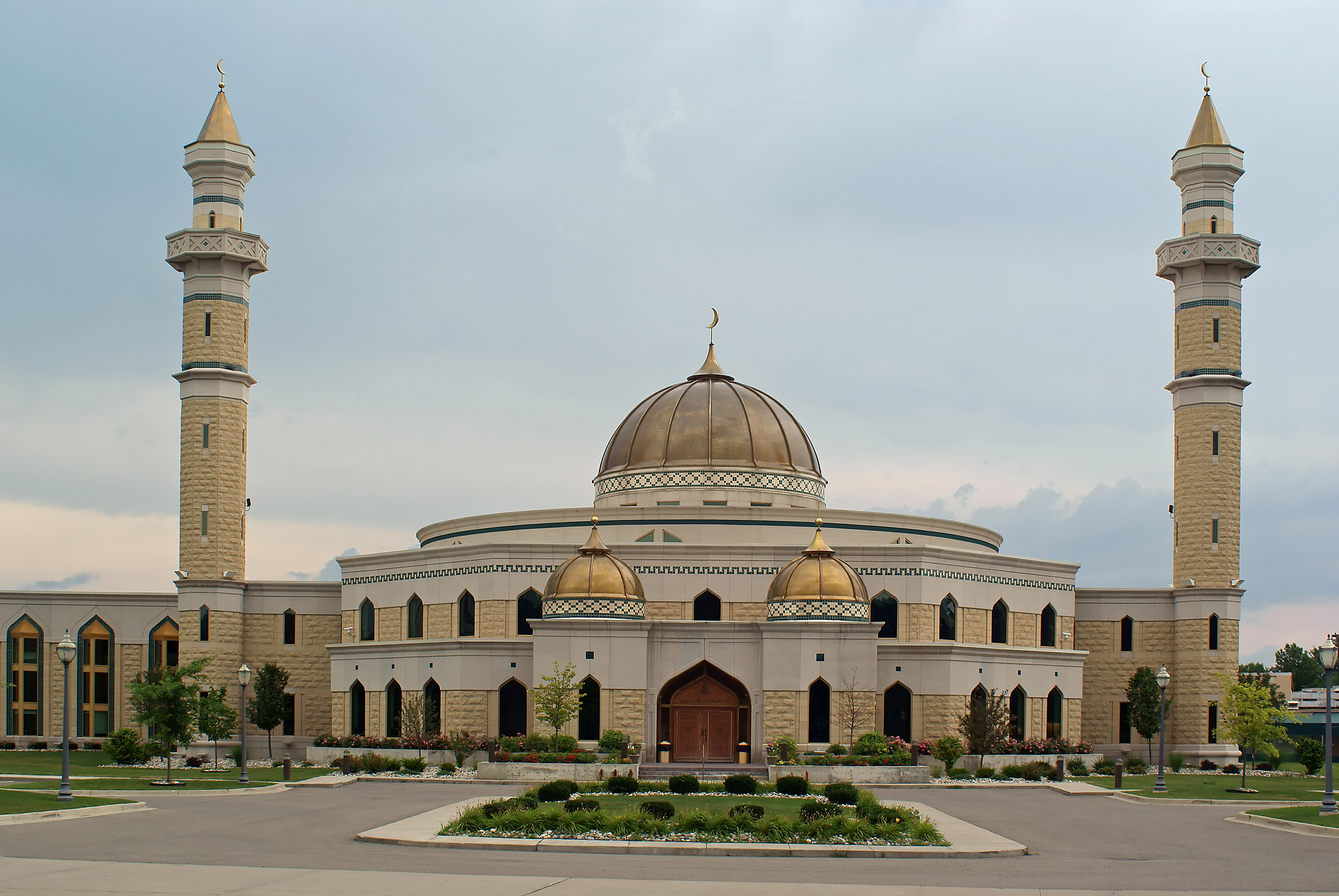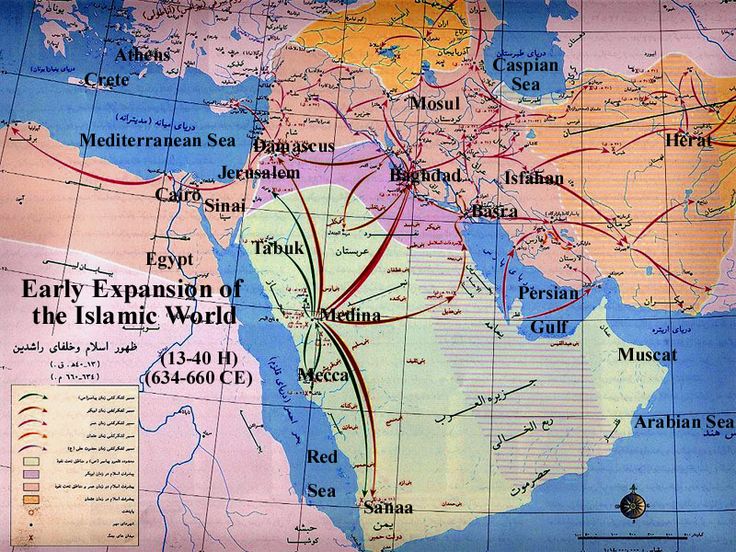Islam, one of the world’s major monotheistic religions, has a rich and complex history that spans over 1400 years. From its origins in the Arabian Peninsula to its global presence today, the rapid spread of Islam is a topic of great interest and study. Understanding why Islam spread so quickly requires examining historical, cultural, and social factors that contributed to its expansion.
The Historical Context of Islam’s Spread
Early Conquests and Expansion
The spread of Islam began in the early seventh century, during the life of the Prophet Muhammad. After his death in 632 CE, the Muslim community faced the challenge of maintaining unity and expanding their influence. The establishment of the first caliphates, such as the Rashidun Caliphate (632-661) and the Umayyad Caliphate (661-750), played a crucial role in the rapid expansion of Islamic territory.
During this period, Muslim armies conquered vast regions, including parts of the Middle East, North Africa, and Spain. These conquests were not only military successes but also facilitated the spread of Islamic culture, language, and religion. The Umayyad Caliphate, for instance, expanded the Islamic empire from Spain to Central Asia, making it one of the largest empires of its time.
Religious and Cultural Appeal

One of the key reasons for the rapid spread of Islam was its religious and cultural appeal. Islam offered a vibrant spiritual alternative to the polytheistic beliefs prevalent in many regions at the time. For example, in the Arabian Peninsula, where polytheism was common, the message of monotheism resonated with many people. The concept of a single, all-powerful God provided a sense of unity and purpose that was appealing to those seeking a more structured and coherent belief system.
Additionally, the Quran, believed to be the literal word of God, provided a comprehensive guide for living a righteous life. Its teachings emphasized justice, charity, and community, which were attractive to many people. The Five Pillars of Islam—faith, prayer, charity, fasting, and pilgrimage—offered a clear framework for daily life, making it easy for new converts to integrate into the Islamic way of life.
Social and Economic Factors

Trade and Commerce
Trade played a significant role in the spread of Islam. Muslim merchants were active in various trade routes, connecting different regions and facilitating cultural exchange. The spread of Islam along the Silk Road and maritime trade routes helped introduce the religion to new areas. As Muslim traders established communities in different parts of the world, they brought with them their faith, customs, and practices.
In regions like West Africa, the trans-Saharan trade routes allowed for the spread of Islam through the movement of merchants and scholars. This led to the growth of Islamic centers of learning and the development of local Islamic traditions. Similarly, in Southeast Asia, Muslim traders introduced Islam to the region, leading to the establishment of Islamic sultanates in places like Malaysia and Indonesia.
Social Cohesion and Community

The Islamic emphasis on community and social cohesion also contributed to its spread. The concept of ummah, or the global Muslim community, fostered a sense of unity among believers. This sense of belonging was particularly appealing to marginalized groups who found in Islam a supportive and inclusive community.
Moreover, the Islamic legal framework, Sharia, provided a sense of order and justice. It addressed issues related to personal conduct, family relations, and social justice, which were important concerns for many people. The implementation of Sharia in various regions helped establish a stable and organized society, further encouraging the spread of Islam.
Educational and Intellectual Contributions
Advancements in Education
Islamic scholars made significant contributions to education and intellectual pursuits, which helped spread the religion. The establishment of madrasas (Islamic schools) during the Umayyad Caliphate provided a platform for learning and the transmission of knowledge. These institutions focused on teaching Arabic, Islamic theology, and other subjects, creating a well-educated Muslim community.
The translation of Greek texts by Muslim scholars during the Islamic Golden Age preserved and advanced knowledge in fields such as mathematics, astronomy, and medicine. This intellectual legacy not only benefited the Muslim world but also influenced European scholars during the Renaissance. The dissemination of knowledge through books and manuscripts helped spread Islamic ideas and values across different regions.
Art and Architecture

Art and architecture also played a crucial role in the spread of Islam. Islamic art, characterized by intricate geometric patterns, calligraphy, and arabesques, became a distinctive feature of Islamic culture. The use of these artistic elements in mosques, palaces, and other structures helped create a visual identity that was recognized and appreciated across different regions.
The architectural innovations of Islamic builders, such as the use of domes and arches, influenced the design of buildings in various parts of the world. These architectural styles were adopted and adapted by different cultures, contributing to the spread of Islamic aesthetics and design principles.
Conclusion
The rapid spread of Islam can be attributed to a combination of historical, cultural, social, and economic factors. The early conquests and expansion of the Islamic empire laid the foundation for the spread of the religion. The religious and cultural appeal of Islam, along with its emphasis on community and social cohesion, attracted many followers. The role of trade and commerce in facilitating cultural exchange, as well as the contributions of Islamic scholars to education and intellectual pursuits, further supported the spread of Islam.
Understanding the reasons behind the rapid spread of Islam provides valuable insights into the history and development of this major world religion. It highlights the importance of cultural exchange, social cohesion, and intellectual advancements in shaping the global influence of Islam.











More Stories
US Trending News: Where to Watch Pittsburgh Steelers vs Green Bay Packers
US Trending News: Who Is Paying For The White House Remodel?
Why Do Overweight People Snore: Causes, Risks, and Solutions